Measuring Time
Measuring time will help us to do our daily work on time. We get up from bed early in the morning, do our work during the day time, and go to bed at night.
We know that, the sunshines during the day and when there is no sunshine it is night time.
Morning, evening and night are called parts of a day.
A week has 7 days. The days of a week are Monday, Tuesday, Wednesday, Thursday, Friday, Saturday and Sunday.
The day time and night time together make a day. The day begins with sunrise and ends at the next sunrise. But in the English-system the day is considered from one midnight to the next midnight. This day has duration of 24 hours.
In measuring time one day is the standard unit of time. A big unit of time is the year. When one year ends, the next year begins. The present year is 2023rd year.
In a year there are 365 days. Some years are of 366 days. There are 12 months in a year. All months do not have equal number of days.
’30 days have September, April, June and November. All the rest have 31 days. Except February alone, which has 28 days clear but 29 in each leap year.’
A leap year is one whose number is divisible by 4.
For example, 1996, 2000, 2004, 2008, 2012, etc., each is divisible by 4. So, such years are called leap years. In every leap year, February is of 29 days.
Here is given the sequence of months of the year along with the number of days each has:
|
Serial Number 1. 2. 3. 4. 5. 6. 7. 8. 9. 10. 11. 12. |
Months
January February March April May June July August September October November
December |
Number of days 31
28, 29 (in leap year) 31 30 31 30 31 31 30 31 30 31 |
There are 7 months named January, March, May, July, August, October and December which have 31 days. There are 4 months named April, June, September and November which have 30 days. There is only one month February which has 29 days in a leap year and 28 days in general.
Time
A watch or a clock tells us the time. Look at the face or dial of the clock shown below.
There are twelve numbers 1, 2, 3, 4, 5, 6, 7, 8, 9, 10, 11 and 12 on the dial of the clock.
The clock has two hands-a longer hand and a shorter hand.
The longer hand is called minute hand.
The shorter hand is called hour hand.
In the clock shown above, the hour hand is at 4 and the minute hand is at 12.
We say that the time is 4 o'clock. In short form, we write it as 4:00.
In the clock shown below, the hour hand is at 7 and the minute hand is at 12. We say that the time is 7 o'clock or 7:00.
Note: We carry out our daily activities according to time. For example, I go to school in the morning at 8 o'clock.
Questions and Answers on Measuring Time:
I. Match the following activities with the parts of the day.
Answer:
(i) → 3
(ii) → 1
(iii) → 2
2. Put a tick mark (✔) in the correct box.
|
(i) The sun shines during this time. |
Day □ Night □ |
|
(ii) The stars twinkle during this time. |
Day □ Night □ |
|
(iii) When the sun rises, it is ________. |
Day □ Night □ |
|
(iv) When the sun sets, it is ________. |
Day □ Night □ |
2. Observe the pictures and write what time of the day it is (morning/evening/night).
3. Number the events from 1 to 4 to arrange the jumbled pictures in the correct order of happening.
From Measuring Time to HOME PAGE
Didn't find what you were looking for? Or want to know more information about Math Only Math. Use this Google Search to find what you need.
Recent Articles
-
International Place-value Chart | International Place-value System
May 21, 24 12:02 PM
In International place-value system, there are three periods namely Ones, thousands and millions for the nine places from right to left. Ones period is made up of three place-values. Ones, tens, and h… -
Reading and Writing Large Numbers | Large Numbers in Words in Billion
May 20, 24 06:41 PM
In reading and writing large numbers we group place values into periods ‘ones or unit’, ‘tens’, ‘hundred’, ‘thousand’, ‘10 thousand’, ‘100 thousand’, ‘million’, ’10 million’, ‘100 million -
Worksheet on Formation of Numbers | Questions on Formation of Numbers
May 20, 24 12:43 PM
In worksheet on formation of numbers, four grade students can practice the questions on formation of numbers without the repetition of the given digits. This sheet can be practiced by students -
Worksheet on Forming Numbers with Digits | Smallest & Greatest Numbers
May 20, 24 02:06 AM
In the worksheet on forming numbers with digits, the questions will help us to practice how to form different types of smallest and greatest numbers using different digits. We know that all the number… -
Shifting of Digits in a Number |Exchanging the Digits to Another Place
May 19, 24 06:35 PM
What is the Effect of shifting of digits in a number? Let us observe two numbers 1528 and 5182. We see that the digits are the same, but places are different in these two numbers. Thus, if the digits…
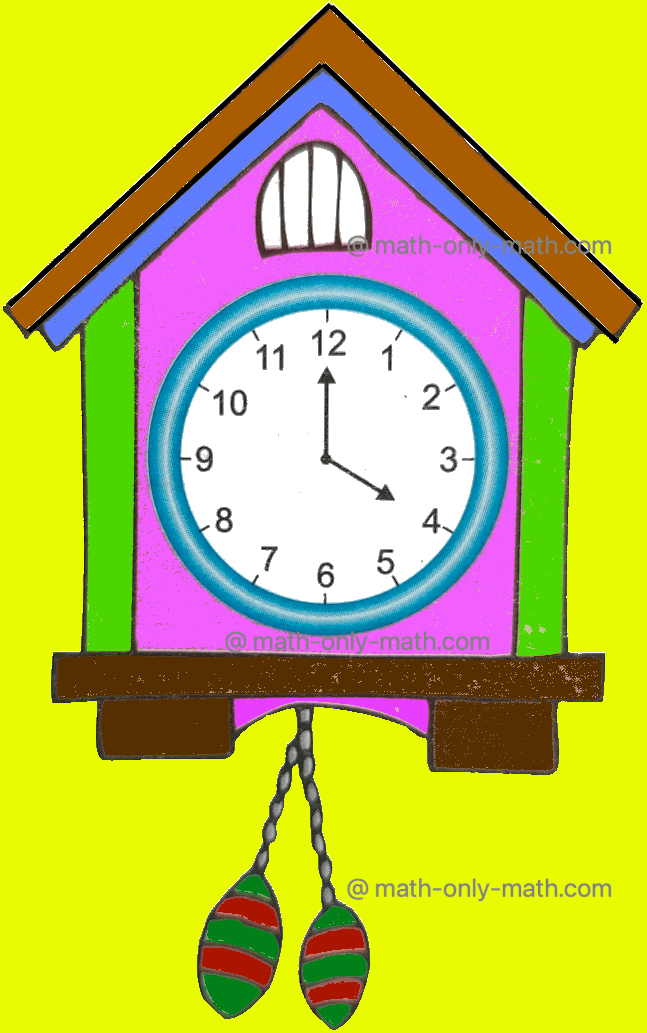
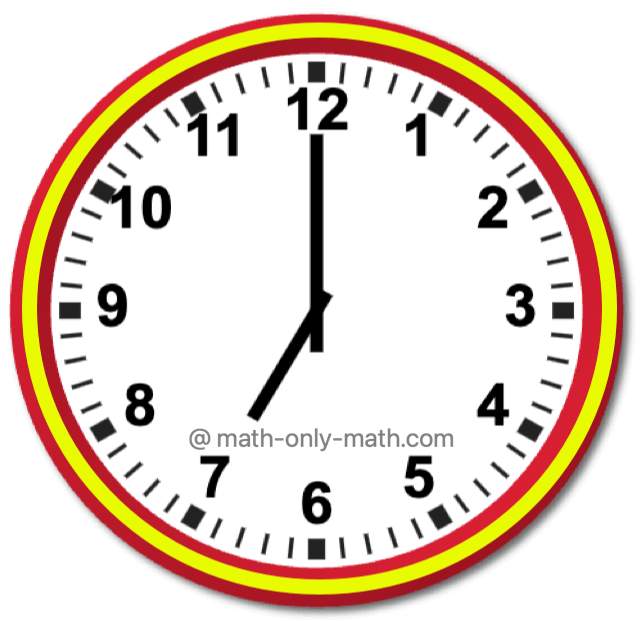
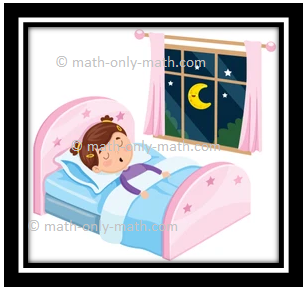
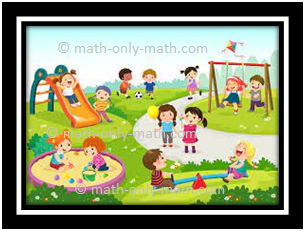
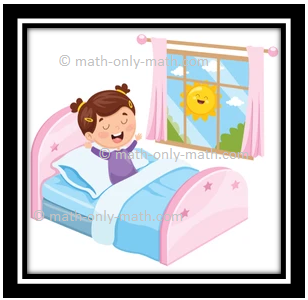
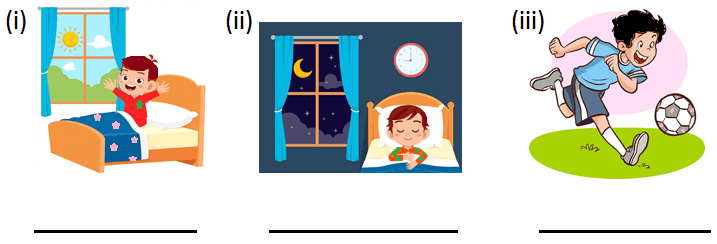





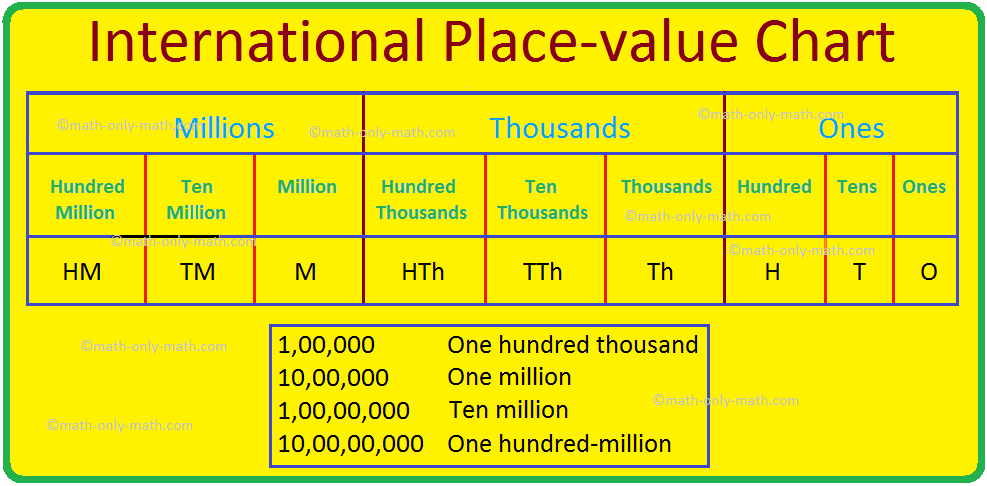


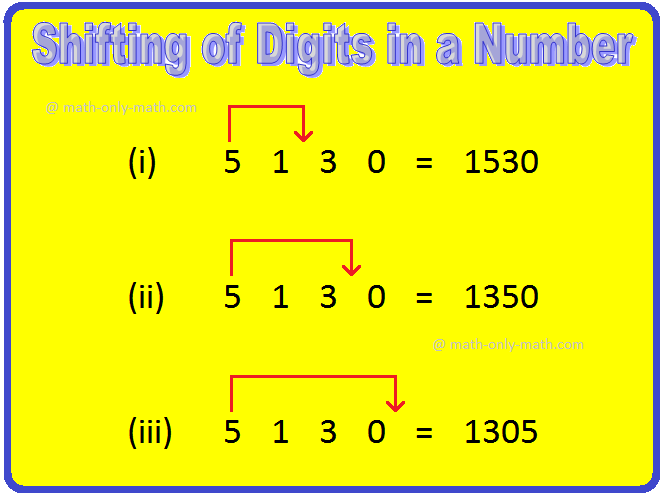
New! Comments
Have your say about what you just read! Leave me a comment in the box below. Ask a Question or Answer a Question.